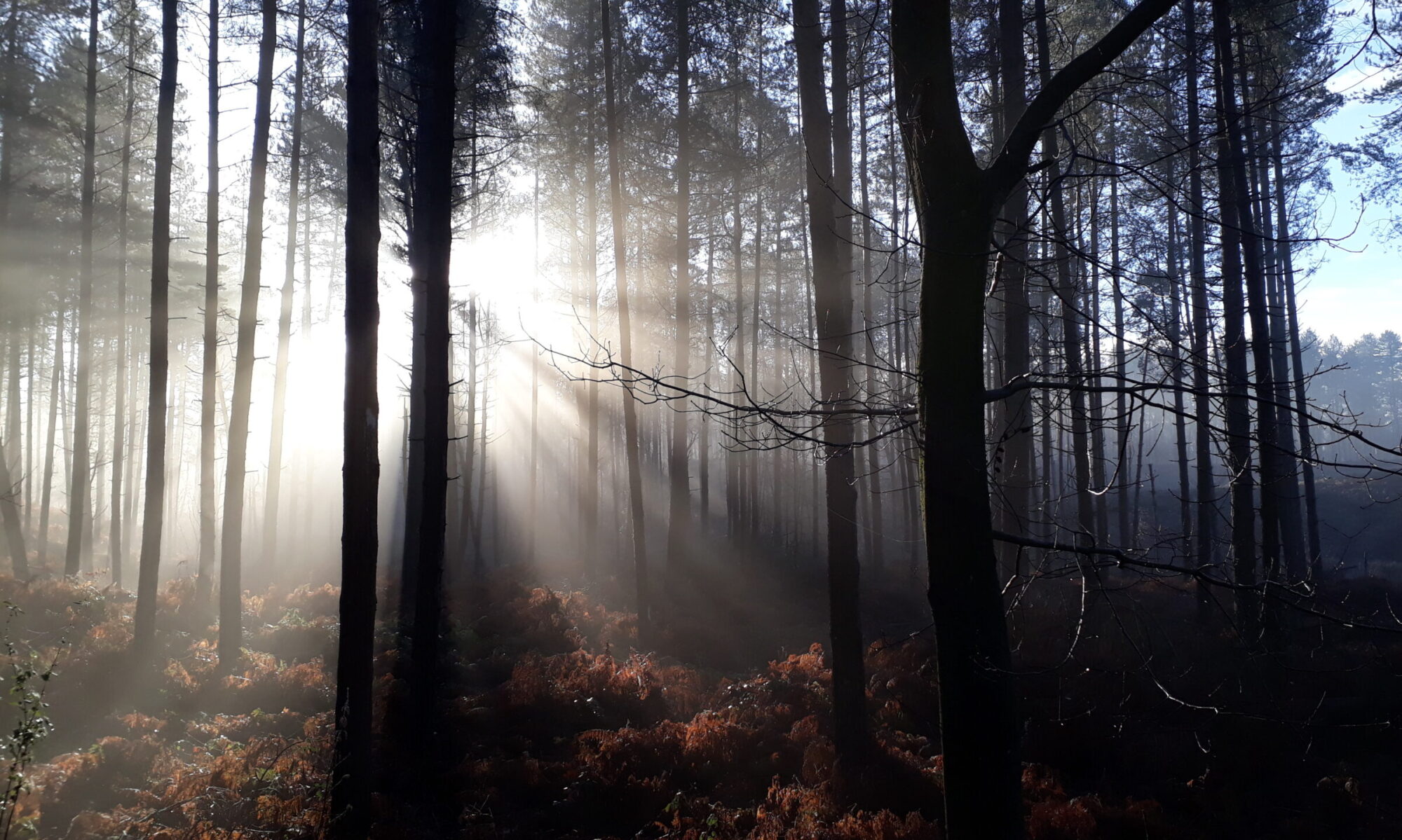Many of us have spent some time this year – 2020, the year of Covid – reflecting on what life is all about and where ours is heading to. And it’s been the same for me. All my forest school work went on hold in March. Luckily, I have an office job too (now done from home) that’s kept the bills paid.
For me, it’s been a curious convergence of ideas, interests and activities. Mindfulness. Permaculture (bear with me and I’ll explain). Community. Exploring locally. Getting a bike. For a long time, I’d daydreamed of delivering my own woodland activities rather than always doing it freelance for other organisations. I liked the idea of doing it more locally, in my own community. I liked the idea of being free to develop activities in my own way. And, let’s admit it, I liked the idea of earning a bit more money.
The beginning of lockdown was quite calm for me. I realise I’m fortunate that my friends and family have remained well and that I had the option to work from home in my other job. Life became smaller, simpler and more gently paced. I took my daily exercise around Wigg Island, along the Bridgewater Canal, up on Runcorn Hills, or on my allotment. In a stroke of luck, I’d bought a bike earlier in the year, before the lockdown rush, and this widened my world to Moore Nature Reserve and the St Helens Canal without having to get in the car. It was still a very human-scale world. The weather helped. Week after week of uncharacteristically settled, warm, sunny weather. The allotment needed a lot of watering, but it was lovely to be able to spend so much time outdoors, even if much of it was only in my diminutive back yard.
But my brain started whirring away, as brains do. And I started to fill my time up with new things. I took an evening class in permaculture – facilitated by Covid since these things were now happening on Zoom. So I was able to join the folks at North Devon Permaculture in a way I couldn’t have if I’d had to travel there. I read a lot on the subject too. It’s kind of about growing your own food in an environmentally way – but it’s also so much more than that; it’s a way of designing the systems in your life and in society so they all work together in a regenerative way. Sounds a bit airy fairy, I know, but I like the way it helped me look at work and life as a whole, to think about what my values in life are, to integrate my newly awakened realisation that I need some kind of community in my life. Who knew? I’m an introvert. I’m not keen on ‘people’ en masse, but I do value real connection to individuals.
Meditation sessions at the Odiyana Kadampa centre in Northwich were another thing that went online, meaning I could attend. I work some evenings and I’m a single parent, so although my son is now old enough to be left alone for a short while, I’ve spent years cramming ‘me time’ into his stays at his dad’s (I think this has actually given me more time do my own thing in terms of running for the hills at a weekend than many mums get, but mid-week evenings have been a no-no). And I found an eight-week mindfulness course with Breathworks in Manchester. I’d looked around previously for such a course I could get to in person with no luck, but now I could do it. So I moved from years of reading books and dabbling in mindfulness to embedding it more fully into my life.
As I was applying permaculture design principles to my life, I formulated my mission: to help more people connect with nature in the way that I find so wonderful. Around that are ideas of being part of that regenerative culture, of getting off my backside and doing something truly beneficial. Of using my unique set of skills and experiences in communications, teaching, knowledge of nature and development of mindfulness practices in a positive way.
One thing led to another and one day I finally found myself picking up the phone to get quotes for insurance and ask the council about using public parks and find out from the chamber of commerce if there would be any help or advice available for a forest bathing-stroke-forest school venture in Halton. Before I knew it, I was writing a risk assessment and practising my session on friends and friends of friends who kindly agreed to be guinea pigs without really knowing what it was all about. I took the advice of my mentor at the Liverpool City Region Enterprise Hub to set a date for my first session and get on with it, wrestled with WordPress and Eventbrite and launched myself on the world.








